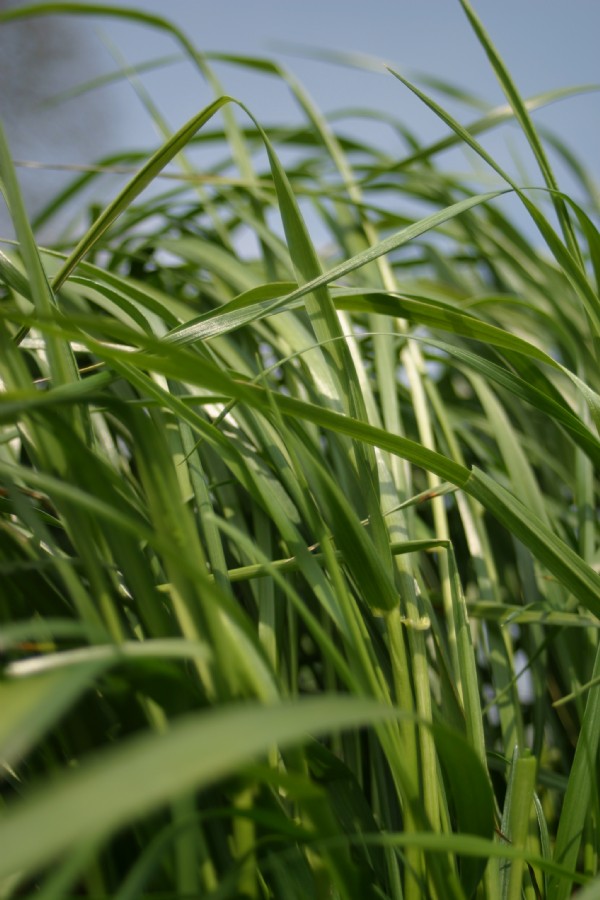

Isn’t it strange how things change? Only a couple of decades ago westerwolds ryegrass was considered to be a poor quality, emergency crop with little appeal to UK farmers. Now however, the westerwolds acreage is increasing, due mainly to the introduction of good quality new seed varieties.
History
Westerwolds has been around for a long time. It was during the 1970s and 1980s that the popularity of westerwolds declined. The main reasons were lack of winter hardiness and poor forage quality, which was mainly associated with cheap New Zealand strains imported at the time. Westerwolds was considered a ‘fire engine’ crop, which would give forage in a short time and because of its lack of winter hardiness, was most often sown in the spring. It was then cropped during the summer before ploughing in the autumn. Since those days, plant breeders have been working to improve the weaknesses associated with the crop. At the forefront of this work has been DSV, a farmer-owned seed breeding company based in Germany. Varieties from their breeding programme are now being used in the UK with impressive results.
Hot summers and lack of grass growth
Many UK farmers desperate for forage try westerwolds during the dry years when many grass leys are badly damaged or silage stocks are at low levels. Westerwolds sown in the autumn usually proves successful. The crops provided quick bulk and offers forage quality similar to that of Italian ryegrass. Spring sown westerwolds can also be good but only in regions that experience higher rainfall.
Typical analysis of westerwolds ryegrass
ME: 10.5
Crude protein: 14%
Annual yield: 14t DM/hectare
(Note from the editor) In addition to the improvement in forage quality, the other advantage of the new strains was additional winter hardiness. I can remember visiting northern Germany in the winter of 1993. The temperatures in that region were particularly low and clearly demanded a tolerance to harsh conditions not previously seen with westerwolds. If it succeeded there, surely it would grow in the UK. Many years on, it has proved effective. This is not to say that we won’t have a severe winter in the future that will be testing, but in recent years autumn-sown westerwolds have been successful.
How to Use
Westerwolds is ideal for silage production. It has growth habit similar to Italian ryegrass. For silage, autumn sown crops are sown during August and September. A new ley, sown at 14kgs per acre, usually establishes quickly. If the crop becomes forward it is a good policy to ‘tidy up’ before the onset of winter by grazing.
Once the spring arrives, westerwolds grows rapidly and can provide a useful early bite in March. Alternatively, it can be bulked for silage and a cut taken in mid April. It will require adequate supplies of nitrogen. Each cut will remove 80 units per acre. Early cuts just prior to heading will give the highest D-values and cuts at this stage will ensure re-growth. Remember it is an annual so if it seeds it will not re-grow.
The second cut of silage will be around five or six weeks later and should coincide with traditional first cut timing. It will continue to grow through the summer and typically it is cut 3 or 4 times. By the end of the summer it will be ready for the plough.
Pitfall or Pit Full
Growers who have not grown westerwolds before are usually pleased with the quantity of forage available from the crop. However, there is one risk which must be taken into account. Autumn sown westerwolds is vulnerable to frit fly attack. The larvae of the adult fly is active during late September and can have devastating effects when seed is sown at this time. Attacks are most common in the south and east of England, especially where grass was the previous crop. Ploughing reduces the risk as it physically destroys the pest.
Conclusion
Westerwolds looks good as an alternative to longer term silage leys as it offers faster forage and higher yields over a shorter period. This has to be offset against the additional cost of re-seeding more frequently but, with over 10,000 acres sown each year, it is definitely catching on.
Date Posted: 29th March 2017



